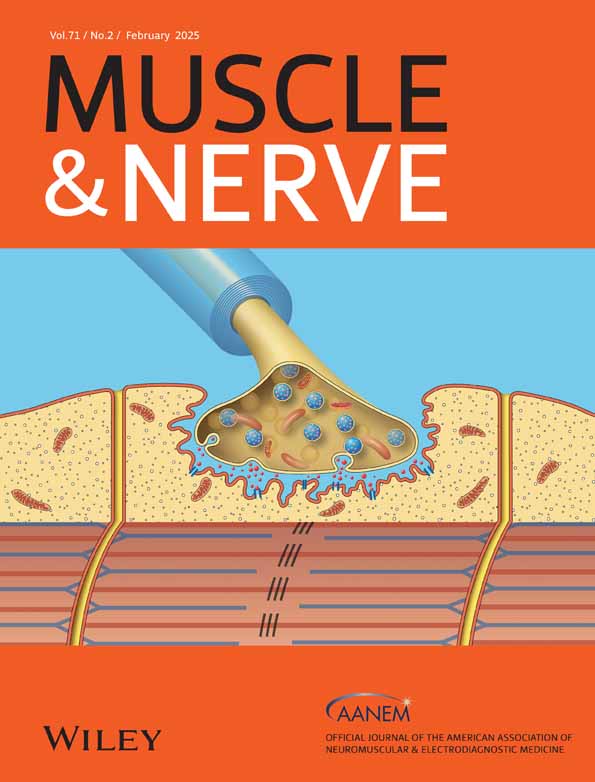Musculoskeletal mimics for lumbosacral radiculopathy. Part 1: Theoretical considerations
Answer questions and earn CME https://education.aanem.org/URL/MM83.
This paper underwent peer review by the AANEM Monograph Review and Development Committee and review by the Muscle & Nerve editor, but did not undergo additional, external peer review. AANEM monographs are designed to be broadly educational to AANEM members and others with interests in neuromuscular, musculoskeletal, and electrodiagnostic medicine, and may at times be outside of the narrower scope of other articles published in Muscle & Nerve.
The objectives of this activity are to: 1) Understand the major mimics of lumbosacral radiculopathy and be able to incorporate this knowledge into the development of a differential diagnosis of patients; 2) Incorporate physical examination findings to aid in distinguishing lumbosacral radiculopathy from mimics; 3) Combine examination findings, imaging, and electrodiagnostic studies to facilitate accurate diagnosis in patients with symptoms of lumbosacral radiculopathy.
The AANEM is accredited by the American Council for Continuing Medical Education (ACCME) to providing continuing education for physicians. AANEM designates this Journal-based CME activity for a maximum of 1.0 AMA PRA Category 1 Credit™. Physicians should claim only the credit commensurate with the extent of their participation in the activity.
Abstract
The diagnosis of lumbosacral radiculopathy includes the exclusion of common musculoskeletal conditions that can cause similar symptoms. Neurology and physiatry physicians use history taking and physical examination findings to develop a differential diagnosis. Appropriate diagnostic testing is then utilized to narrow down this differential diagnosis to determine a working hypothesis of the cause of a patient's symptoms, leading to a treatment plan. There are stark limitations of patient symptoms and physical examination findings in making the diagnosis of lumbosacral radiculopathy and added value of a combination of symptoms and signs to distinguish patients with lumbosacral radiculopathy from patients with mimic disorders. Diagnostic tests have variable strengths and limitations in helping to confirm this diagnosis, contrasting the high sensitivity and lower specificity of magnetic resonance imaging (MRI) with the high specificity but lower sensitivity of electromyography (EMG). Further complexity is added to the task of making a diagnosis and setting a treatment plan by the fact that these disorders are common and interact with each other; they are present concomitantly in up to 25% of patients presenting for electrodiagnostic evaluation. A companion paper will review common musculoskeletal mimics of lumbosacral radiculopathy and provide tools to anchor testing for those conditions to the traditional neurological evaluation of lumbosacral radiculopathy.
CONFLICT OF INTEREST STATEMENT
The authors declare no conflicts of interest.
Open Research
DATA AVAILABILITY STATEMENT
Data sharing is not applicable to this article as no new data were created or analyzed in this study.




